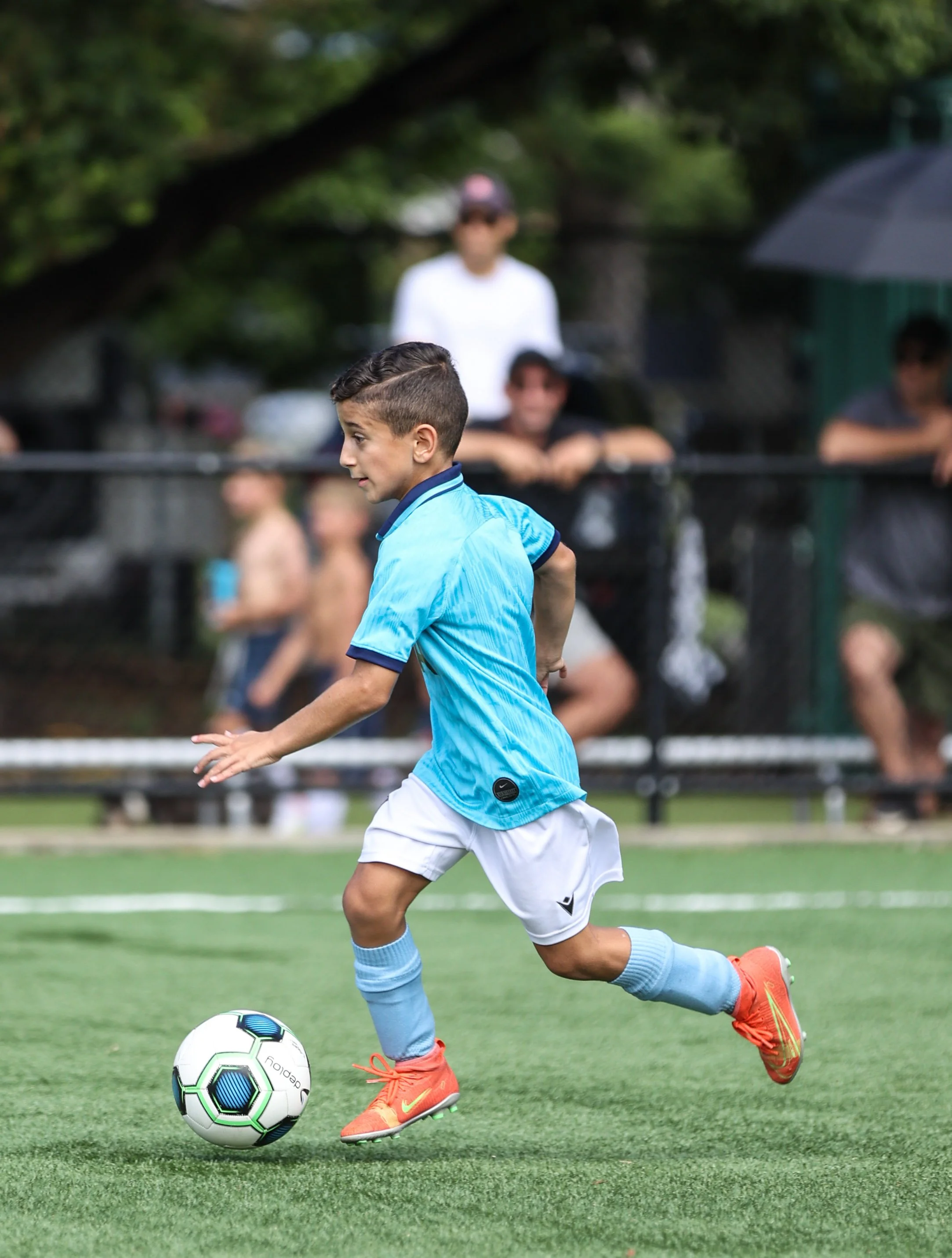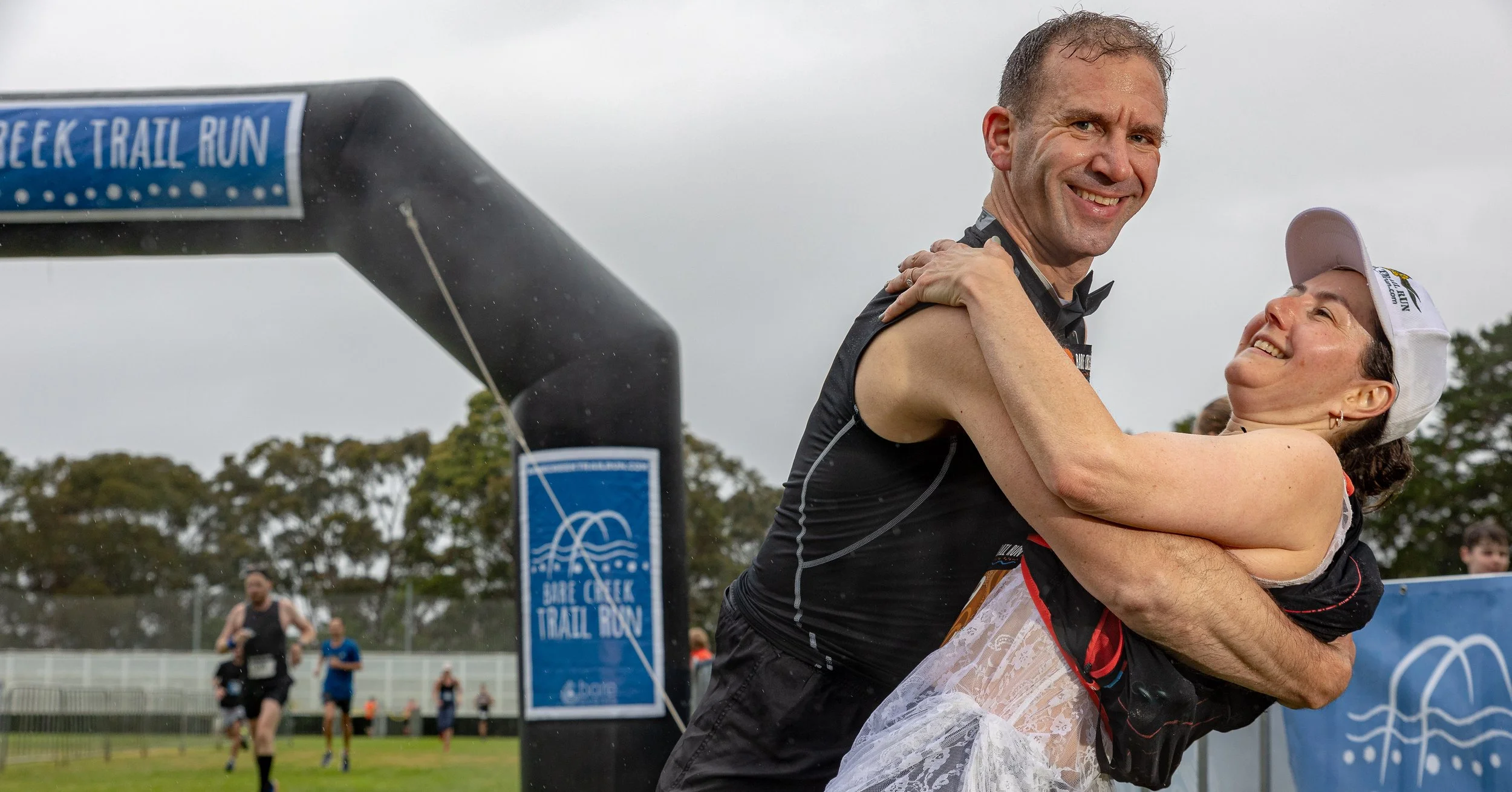Canon EOS R6 for Sports Photography
It’s been close to a year since I picked up my Canon EOS R6, and I figured it was time to give an update to my first impressions after nearly a year of shooting.
The Canon R6 is a camera that sits in the sweet spot for many photographers looking to get into the mirrorless market without having to jump to something like the Canon R5 or the Canon R3, and it’s frame rate, image quality, and lightning fast autofocus has seen it become a favourite amongst sports photographers, amateur and pro alike.
Some previous concerns
When I wrote about my first impressions of the Canon R6 for Sports Photography, there were a handful of things that I hadn’t yet been able to determine, so I figured I would tick those off the list here first.
1) Battery life. I was a little bit concerned about the quoted battery life for the R6 (380 shots when using the EVF). I understand that measure is taken using a specific set of circumstances, and my real-world experience is so far above that it isn’t funny. Shooting with a battery grip with 2x LP-E6NH batteries I can easily shoot over 2000 photos. I’ve shot a full 8 hour day (photo+video) without having to change batteries. Conclusion: battery life is not a problem.
2) Low-light performance. One word: excellent. I have no issue shooting at 16000 ISO if needed. When using in-camera noise reduction the images come out cleaner than anything I’ve seen before.
3) Electronic shutter. With the sports I shoot a lot of, I really haven’t run into any serious issues with rolling shutter. However, my one major concern with the electronic shutter remains: the lack of any sort of tactile feedback that you’re firing off frames. I just can’t get used to not hearing the shutter. Not a biggie for many people, and I tend to avoid the 20fps electronic shutter anyway, but it is just something to keep in mind.
My real-world experiences using the Canon EOS R6 for Sports Photography
You can read as many technical reviews as you like, but at the end of the day cameras are made to be used out in the field (or in the studio), not in a lab. Below I’ve broken my experience down into the key areas that I think make a good sports camera.
1) Autofocus. This is honestly the biggest leap forward compared to other camera bodies I owned or have owned in the past. The autofocus on the R6 is lightning fast, and they eye AF is super sticky once it locks onto a subject. I have my R6 set up with two focus modes. “AF-on” activates spot AF, and the star button activates eye AF. This allows me to easily switch between AF modes depending on the situation. If I’m filling the frame with one person, eye AF is the way to go for me, but if there are multiple subjects in the frame I’ll tend to revert to spot AF so that I can easily pick which subject is in focus.
2) Frame rate. The 12 frames per second mechanical shutter is more than enough for the sports I shoot and thankfully all of my lenses are compatible with the full 12 fps mechanical shutter. This is something that is an important consideration if you’ve got some older Canon or third-party lenses, which may not be compatible with the full shutter speed. The 20 fps electronic shutter is a bit wasted on me and I only use it on rare occasions. I don’t avoid it because of image quality issues, I avoid it because I don’t like the excessive number of frames I end up with. A lot of my work relies on shooting with discipline, and even a quick burst with the electronic shutter will net you 5-10 frames. I wish Canon would allow you to select a lower fps with the electronic shutter.
3) Weather sealing/durability. When you are buying into the Canon mirrorless ecosystem, you need to be aware that the R6 weather sealing is not up to the same standard as the R5, and is nowhere near that of the traditional sports bodies like the 1Dx series. I’ll happily shoot my 1Dx in pouring rain (coupled with an appropriately weather-sealed lens), but the same can’t be said for the R6. I’ve shot it in light drizzle, but even then I have had a number of issues. The most frustrating issue is the inside of the EVF fogging up when there’s even a little bit of moisture present. There is no way to clear this other than leaving it time to dry, and it can be incredibly frustrating to deal with. The solution to this is to use the R6 with an appropriate rain cover, but my go-to when it is pouring with rain is just the workhorse 1Dx. It is bulletproof, and Canon Professional Services will sort it out if I do something stupid and get it too wet.
4) Megapixels. The 20MP sensor is brilliant for the type of sports work I do. I’m never having to do huge crops, so I don’t need to be coming from a high MP base, and I love the manageable file size; I can shoot roughly 2000 RAW + medium JPEG to a 64GB CF card. Over time I’ve also transitioned away from carrying a laptop to most of my events and instead just carry an Ipad Air. The R6 RAW files are a breeze to upload, edit and export on the Ipad.
Final thoughts
The Canon EOS R6 is an exceptionally good camera for most sports photographer. Whilst the top tier agency shooters, and even some enthusiasts, will opt for the R3, at a saving of over AUD$4k the R6 is a no-brainer for most. It combines exceptional autofocus capabilities, frame rate, and manageable file size into a package that will suit most sports photographers for many years to come. If you are willing to manage the not-so-excellent weather sealing, and the need to fork out for a rather expensive battery grip, I couldn’t recommend the R6 highly enough. If I had my time over would I purchase the R6 again? The answer is a resounding YES. In addition to my sports photography work, it has also served me exceptionally well for my event photography/videography, and my sports portrait work. If/when my first generation 1Dx finally kicks the bucket, a second R6 will almost certainly be on the cards.
You can see more of my Canon R6 sport photography at www.instagram.com/_freshie_photography




